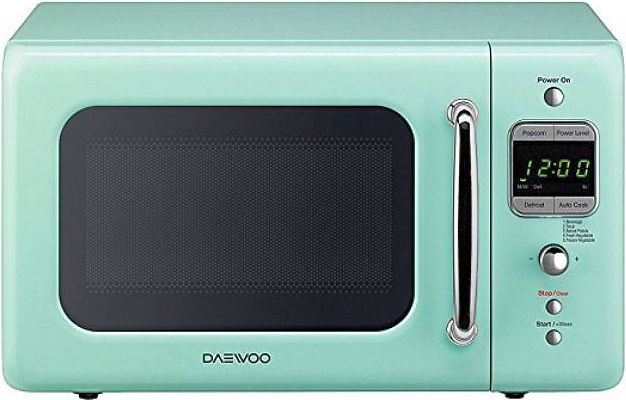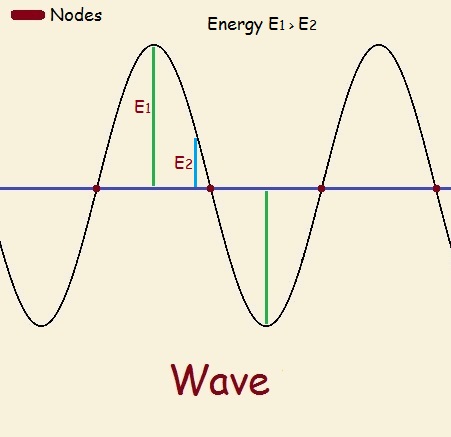 You place your dinner of leftovers in a bowl in the microwave oven, loosely cover it, shut the door and set the timer for 6 minutes. You picked that time from experience. When the timer beeps, you pick up the plate with your oven mitt and set it on the table.
You place your dinner of leftovers in a bowl in the microwave oven, loosely cover it, shut the door and set the timer for 6 minutes. You picked that time from experience. When the timer beeps, you pick up the plate with your oven mitt and set it on the table.
Then you gingerly remove the covering to avoid a steam burn. You salt and pepper your food, let it set two minutes or so, and begin eating. You taste the first mouthful and it is perfect. However, the second mouthful much hotter! Stirring the food half-way through the cooking process would have helped prevent this.
Why the Hot Spots?
The oven is a microwave oven. The heat results from absorbed invisible waves, specifically microwave standing waves, produced by a device called a magnetron. Waves produced by the magnetron produce different amounts of energy along the wave (see image). The top and bottom parts are called anti-nodes and possess the highest energy. Nodes possess the least.
The microwave oven has a specifically chosen shape and size and is internally shielded to avoid letting waves pass through the walls of the oven. The walls act as end nodes, inducing standing wave behavior. The degree of cooking varies with location in the oven. To improve cook uniformity, a turntable is installed to move the food about.
What does a standing wave look like? To find out, watch the following 53-second video. Notice how the string almost seems to stand still.
The second cause of unevenness in microwave cooking involves food makeup. Some chemicals in food absorb microwaves better than others. Water is an excellent absorber. Undoubtedly, this is why “microwavable” foods are often covered in sauce.
Ready for a little science fun with your microwave oven?
Calculate the Speed of Light with a Microwave Oven
Why is this subheading in this article? Because it is possible to calculate the speed of light using your microwave oven. It requires very little for you to do so. But maybe you’d like to see a demonstration video? A very short one…
Note: You might also enjoy Propane Heat: Eyes Burn?
References:
← Back to Food and Health
← Home

That was a brilliant video, very interesting and informative. 17% error doesn’t sound too bad to me!
Some of the inaccuracy will come from any deviation from the manufacturer’s quoted microwave frequency. It seems unlikely they would need to cite any more than a ballpark estimate of the operating frequency. A greater inaccuracy will be from trying to measure the exact location of the hotspots in the melted choccy. Because of the thickness of the bar and the thermal conductivity of chocolate (I never would have believed that could be a concept) there will be melting over a wider area, so making the exact location of the antinode harder to pick.
What would the improvement be if instead of a bar, you used a thin, narrow, cooled drizzle of chocolate on a microwave inert substrate – like a nylon chopping board? I reckon there would be little or no pooled melting and maybe even some spot vaporisation at the antinodes, leading to a more accurate wavelength measurement.
You might need to be quick on the turn-off to make sure the effectively empty cooking cavity doesn’t cook the magnetron.
[…] (less than 40℃) for up to 20 minutes. Avoid the microwave for heating because it has the risk of hot spots (overheated sections of the liquid, like when you microwave a meal and some bits are hotter than […]